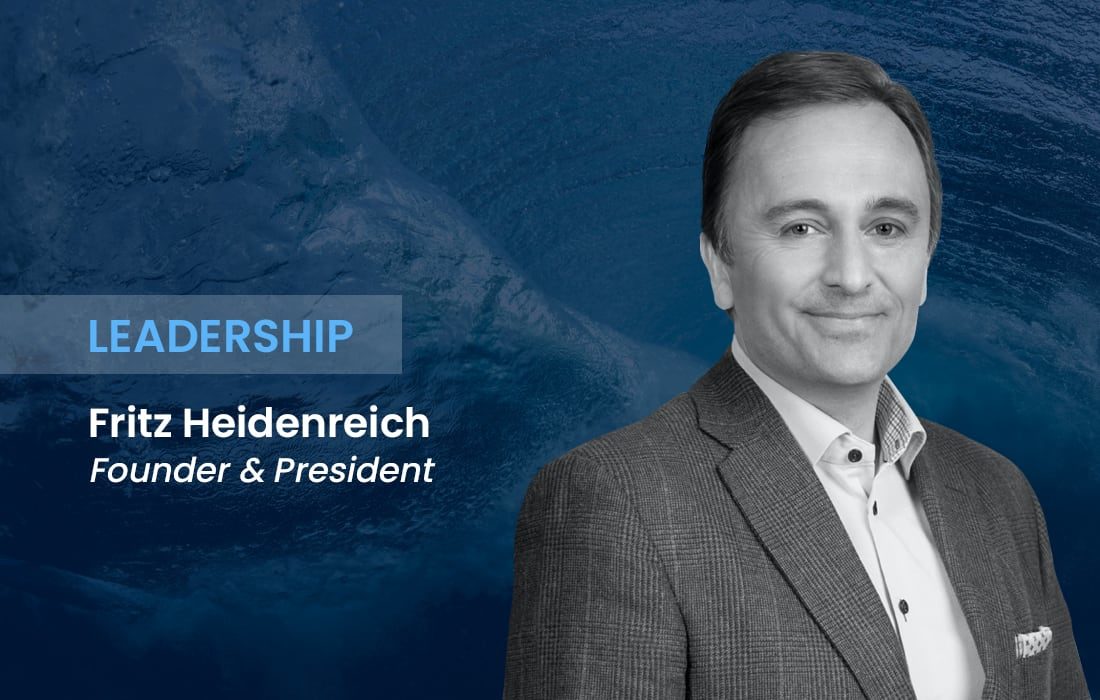
The Pool Was Born
In my last article, My Early Years, I wrote about growing up in the shipping industry. Today, I will talk about the creation of the first and one of the most successful tanker pool in the industry.
It was 1998 and I had been working for my father for almost five years. We had already seen significant technological changes in the industry; cell phones were now mainstream; email was the main source of communication and the big telex printers in the back room of the office were long gone. We had recently announced the formation of a new tanker pool, the first one ever for all intents and purposes. At the time, Heidmar operated 10 panamaxes with a focus on the Caribbean market. Pleiades has the same number of vessels. The idea was simple: combine the two fleets under one commercial entity and benefit from scale to improve operational efficiencies. We compared the results of our respective fleets, and it was clear that Heidmar’s commercial team was outperforming Pleiades. So, the decision was made that Heidmar would run the Heidmar-Pleiades panamax pool.
For the pool concept to work, the earnings of all the vessels would be pooled and then distributed to each vessel based on a calculated formula that would assign points to each vessel. The pool participants, of course, wanted their own vessels ‘rated’ higher, so it took quite a bit of work to come up with a ‘pool point formula’ that was fair and equitable. The formula was calculated based on several parameters, including:
- Vessel’s LOA
- Number of oil company “approvals” (we’ll save this conversation for another time)
- Cargo quantity basis 40 ft FW (Panama Canal max draft)
- Ballast and Laden speed/consumption (updated semi-annually)
- Vessel’s age
With the formula agreed upon, the next question was, “how often should the pool report results?” We settled on bi-weekly. So, this meant that every two weeks we would print a copy of every voyage that had changed since the previous reporting period. In addition, we compiled a summary of the whole fleet showing each vessel’s results (contribution) and the expected earnings adjusted by pool points (distribution) that each vessel would receive. This package of papers would then be sent via courier to each pool partner for their review.
It seemed simple enough, but even a voyage performed 3 months ago could adjust the results as port costs and demurrage calculations were negotiated and adjusted. This resulted in a massive stack of printed material which had to be shipped every two weeks. It reminded me of the days of the telex printer and the 6-ply paper that had to be distributed around the office. There had to be a better way!
At this time, our voyage management system was a Microsoft Access 2.0 database that resided on our company server. I had an idea to develop a website that would display the voyage calculations online for the pool partners to have instant access to. This solved the courier problem and had another added benefit. One of the inherent issues with a pool is maintaining confidence that a pool manager is accurately and precisely reporting what the vessels are doing. The bi-weekly reporting package alleviated this to a certain extent, but it still allowed the pool manager time to potentially “adjust” the results. With the website up and running, the pool partners now had instant/real-time access to every vessel and voyage result. It made it nearly impossible to “adjust” anything, and the website thus became the biggest benefit to any potential shipowner joining the pool because instant reporting had never been accomplished before. And with this development, the pool began to rapidly grow in a way it hadn’t before.
At Q88, our focus has been to simplify operations to gain transparency and efficiency for the end user, as explained further in Richard Abrahams’s article, My Journey as a Systems Designer. More specifically, our voyage management software has been designed to adjust to the way the commercial manager operates, allowing the visibility to expose opportunities and then self-modify to enhance performance. We believe better data drives better business decisions, and with 20 years of experience in the maritime industry under our belt, our goal will be to continue innovating solutions that benefit our customers and the industry at large.

